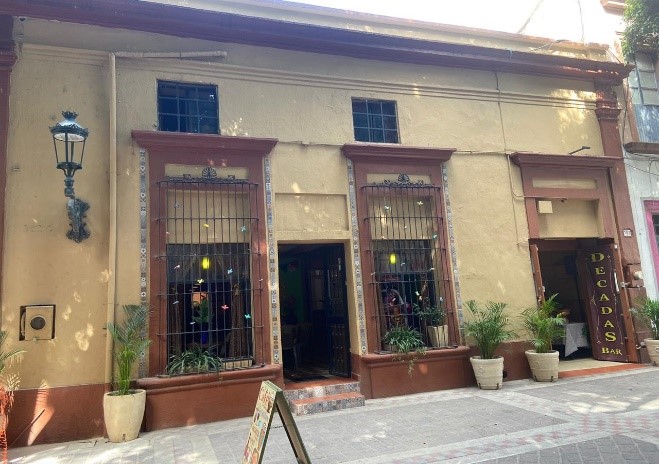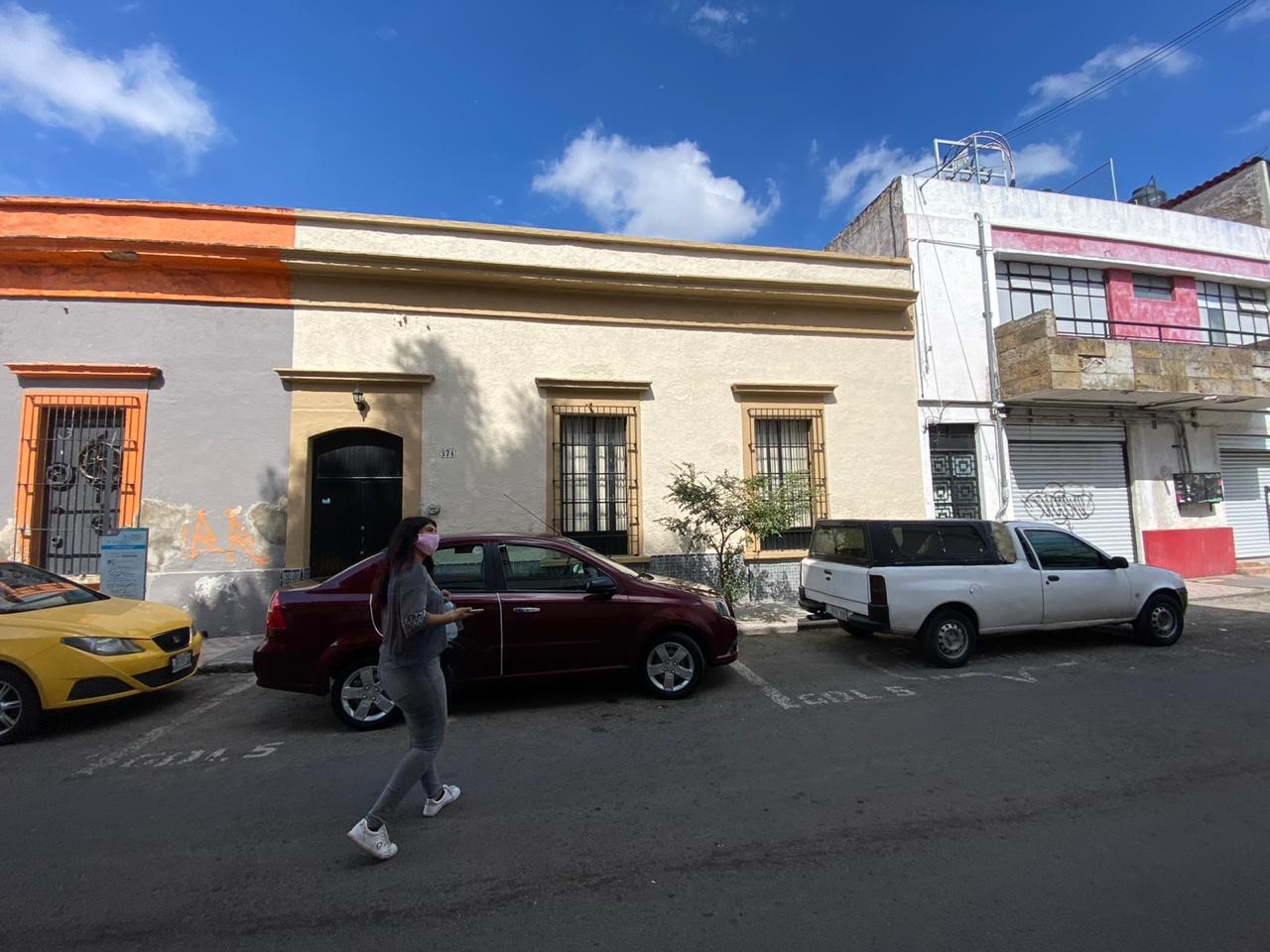The collective conscience forged through the recognition of memory as the primary element for its construction through what is significant for a social group. This awareness materializes in the city, through its built and urban heritage, as crucial elements where memory waits to be rediscovered, revalued.
The notion of memory refers to multiple issues, a wide range of experiences and processes. On the one hand, and usually, it is referred to as an attribute or personal and intimate capacity to preserve memories, ideas, data, etc. On the other, it alludes to a process. This social and collective content seeks to legitimize itself through those events, functions, spaces and buildings that have been giving it shape, meaning and identity.
Understanding memory in the last dimension, two definitions emerge one that emphasizes what is remembered and preserved, and, another that understands memory as an active process of recovery, reconstruction or symbolic recreation. For many authors, memory can be considered in a “habitual” face (normal behaviours, habits and forms of expression shared socially) and in its “narrative” dimension, that is, as the ability to elaborate meanings about the past where selection and oblivion. To this distinction, Yerushalmi adds that memory is that which remains virtually uninterrupted, while reminiscence designates the return and recovery of what was once overwhelmed and forgotten. Thus, these definitions emphasize two different senses: memory as a set of narrative representations and memory as an ethical imperative.
Therefore, the memories contained in the different elements that make the urban landscape, its meanings and values, forge the collective consciousness of what we are and many of the reasons that will explain how we are—rescuing memory through valuing the objects and elements that contain it. Therefore it will be an obligatory exercise that allows us to awaken that which lies dormant and which is susceptible to being re-signified to continue being an integral part of those who they live and recreate it in their day to day life.
Finally, memory is also defined, underlining its vital role in the social production of identities. In these cases, memory provides a sense of belonging: the reference to a shared past allows building feelings of self-worth, coherence and continuity necessary to maintain an identity. Taking memory in its social and narrative dimension, we can define it, following Elizabeth Jelin, from three interwoven axes: who, what, how/when remembers and forgets. It must be said that in the academic literature dedicated to memory, various names coexist to refer to its overall dimension: memories, social memory, collective memory, historical memory, etc. For our part, and this integrative project, we have opted for the term memory always considering the plural and heterogeneous nature, taking into account its unfinished and under construction nature.











